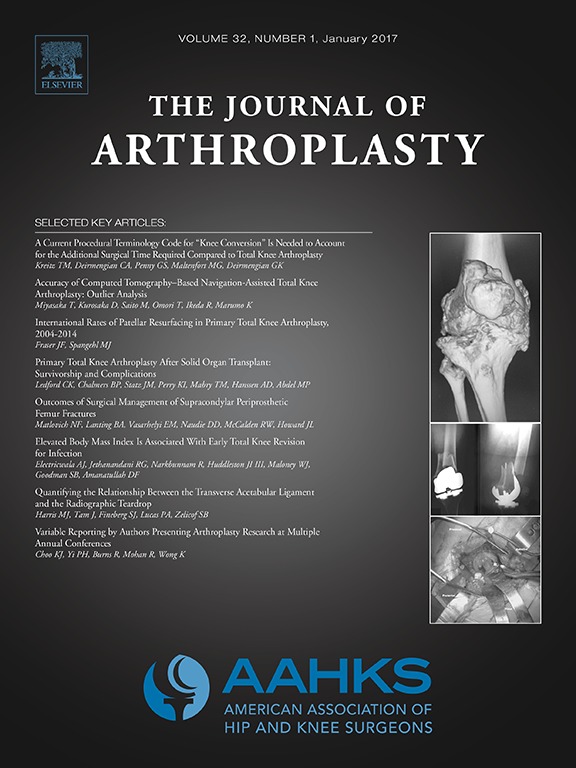
ARTHROPLASTY
No substantial increase in ROM with high-flexion implants in TKA
J Arthroplasty. 2015 Apr;30(4):573-910 randomized controlled trials were included in this meta-analysis comparing range of motion between high-flexion knee prostheses and standard prostheses in posterior-stabilized total knee arthroplasty. Pooled results demonstrated no differences in postoperative range of flexion, clinical scores, quality of life scores, or complication rates between the two device types. In a sub-group analysis of NexGen devices, a statistically significant increase of 1.69 degrees for range of flexion was observed in favour of the high-flex device.
Unlock the full ACE Report
You have access to {0} free articles per month.Click below to unlock and view this {1}
Unlock NowCritical appraisals of the latest, high-impact randomized controlled trials and systematic reviews in orthopaedics
Access to OrthoEvidence podcast content, including collaborations with the Journal of Bone and Joint Surgery, interviews with internationally recognized surgeons, and roundtable discussions on orthopaedic news and topics
Subscription to The Pulse, a twice-weekly evidence-based newsletter designed to help you make better clinical decisions
Exclusive access to original content articles, including in-house systematic reviews, and articles on health research methods and hot orthopaedic topics
Or upgrade today and gain access to all OrthoEvidence content for just $1.99 per week.
Already have an account? Log in


Subscribe to "The Pulse"
Evidence-Based Orthopaedics direct to your inbox.
{0} of {1} free articles
Become an OrthoEvidence Premium Member. Expand your perspective with high-quality evidence.
Upgrade Now












































































